Before streaming and on-demand viewing, television was a collective experience that brought families and entire communities together. The 1980s represented a golden age of dramatic television, where each episode felt like a major cultural moment. These shows weren’t just entertainment—they were conversation starters, water cooler topics, and shared national experiences that defined an entire decade.
1. Dallas: The Soap Opera Heard Around the World
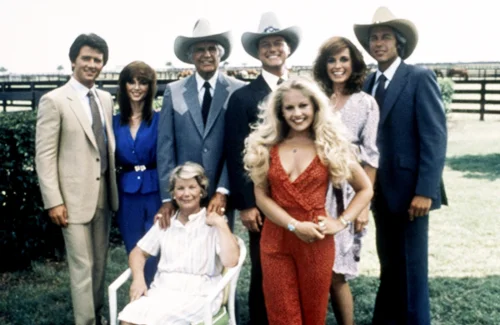
“Who shot J.R.?” became more than a television mystery—it was a global phenomenon that captured the imagination of millions. The show’s intricate storylines about the wealthy Ewing family transformed soap operas from daytime fare to prime-time spectacles. Millions of viewers would gather around their television sets, breathlessly anticipating each week’s dramatic revelations. Texas Monthly was among the most reverential when it came time to celebrate the show’s 40th anniversary several years ago, and the series is still appreciated to this day.
The show’s blend of family drama, business intrigue, and scandalous plot twists created a new template for television storytelling. “Dallas” wasn’t just a show—it was a cultural touchstone that reflected the excess and ambition of 1980s America. Its impact extended far beyond entertainment, becoming a genuine international conversation piece.
2. Dynasty: Glamour and Power Personified
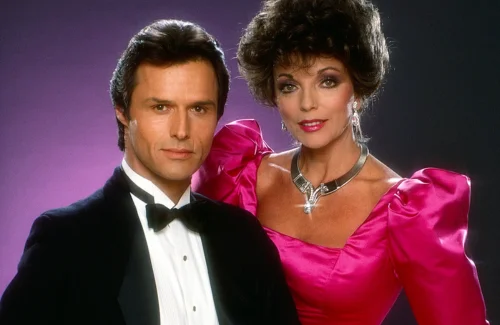
“Dynasty” took television drama to new heights of opulence and conflict, presenting a world of incredible wealth and ruthless family dynamics. The rivalry between characters Alexis and Krystle became legendary, with legendary actress Joan Collins embodying television’s most deliciously wicked characters. The show transformed primetime television into a glamorous stage of high-stakes personal and professional battles. Today, Slate lists Dynasty as one of the biggest moments of the entire decade.
Each episode was a carefully crafted spectacle of fashion, drama, and interpersonal conflict. The show didn’t just tell stories—it created entire worlds of luxury and intrigue that viewers could escape into weekly. “Dynasty” represented the ultimate fantasy of wealth and power during the Reagan era.
3. Hill Street Blues: Revolutionizing Police Drama
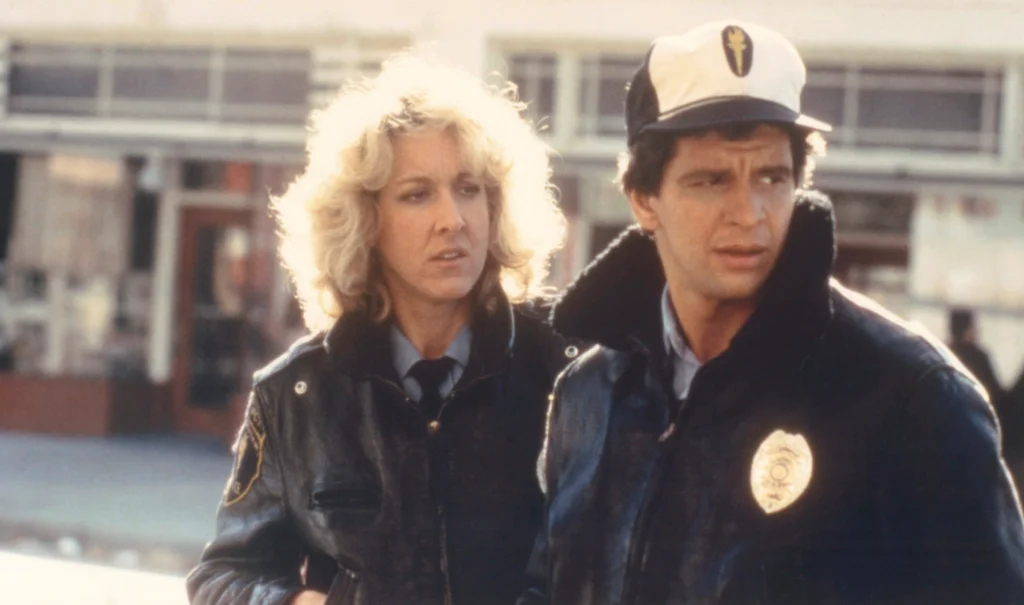
“Hill Street Blues” completely reimagined the police procedural, introducing complex characters and serialized storytelling that would influence television for decades to come. The show’s gritty, realistic approach to law enforcement broke away from previous idealized portrayals, presenting police work as complex, emotional, and morally ambiguous. Its ensemble cast and interconnected storylines created a sense of genuine community. Television Academy credits the series with being one of the prime examples of putting forth quality content for a remarkably receptive demographic.
Each episode felt like a slice of real urban life, with characters who were flawed, vulnerable, and deeply human. The show won numerous awards for its groundbreaking approach, demonstrating that television could be both entertaining and profoundly meaningful. “Hill Street Blues” transformed how audiences understood television storytelling.
4. St. Elsewhere: Medical Drama with Depth

“St. Elsewhere” brought unprecedented complexity to the medical drama genre, presenting a hospital as a microcosm of broader social issues. The show tackled challenging topics like AIDS, mental health, and systemic inequalities with remarkable sensitivity and depth. Its ensemble cast created a rich tapestry of interconnected human stories. The series remains so remembered that Movieweb maintains a theory about its extended universe that puts a fun spin on things.
The show’s willingness to address serious social issues while maintaining compelling personal narratives set it apart from other medical shows. “St. Elsewhere” proved that television could be simultaneously entertaining and thought-provoking. Its innovative storytelling influenced countless medical dramas that would follow.
5. Knots Landing: Suburban Intrigue
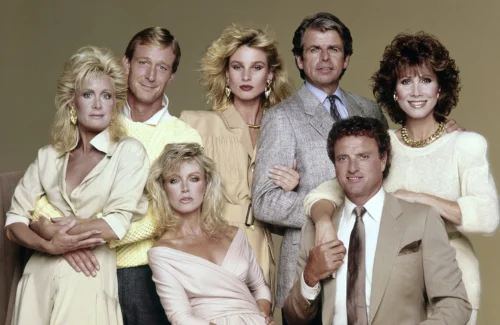
“Knots Landing” offered a more grounded alternative to “Dallas,” exploring the complex lives of suburban families with remarkable depth and nuance. The show’s focus on middle-class characters navigating personal and professional challenges resonated with viewers seeking more relatable storytelling. Its intricate plotlines kept viewers constantly engaged.
Each episode peeled back layers of suburban respectability, revealing the complicated emotions and secret conflicts beneath the surface. “Knots Landing” demonstrated that domestic drama could be just as compelling as stories of extreme wealth and power. The show became a cornerstone of 1980s television storytelling.
6. Falcon Crest: Wine Country Drama
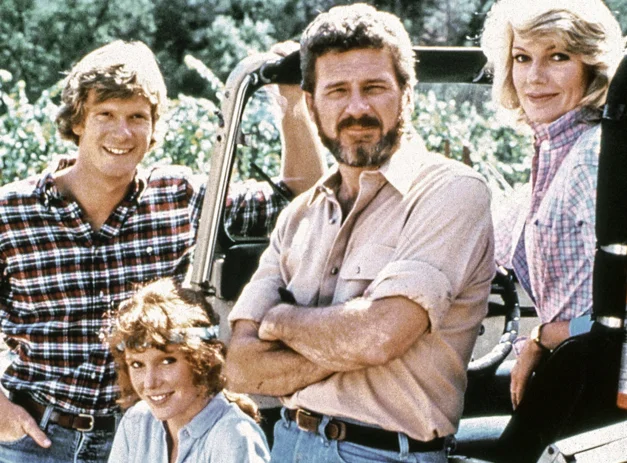
“Falcon Crest” brought the world of California wine country to prime-time television, offering a sophisticated blend of family drama and business intrigue. The show’s exploration of a powerful wine-producing family captured viewers’ imaginations with its blend of luxury and personal conflict. Angela Channing, portrayed by Jane Wyman, became one of television’s most memorable matriarchs.
The series combined beautiful cinematography with complex character studies, creating a world that was both aspirational and deeply human. “Falcon Crest” demonstrated how regional storytelling could become a universal narrative. Its attention to detailed character development set it apart from other primetime dramas.
7. Family Ties: Generational Storytelling
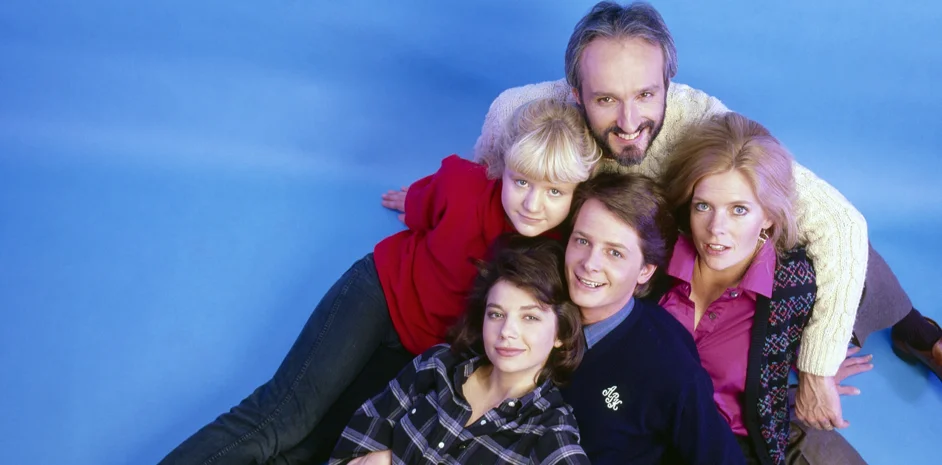
Though often categorized as a comedy, “Family Ties” brought remarkable dramatic depth to its exploration of generational differences. The show’s portrayal of a family navigating the cultural shifts between 1960s liberalism and 1980s conservatism created genuine, nuanced conversations about social change. Michael J. Fox’s portrayal of Alex P. Keaton became a defining character of the decade.
The series balanced humor and serious emotional moments, creating a complex portrait of family dynamics during a time of significant social transformation. “Family Ties” wasn’t just entertainment—it was a meaningful exploration of how families negotiate different worldviews. Its impact extended far beyond typical sitcom storytelling.
8. Cagney & Lacey: Groundbreaking Female Representation
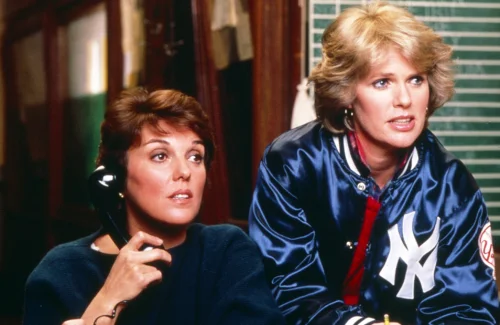
“Cagney & Lacey” revolutionized television by presenting complex, professional women who were neither stereotypical nor simplified. The show followed two female police detectives navigating both professional challenges and personal lives with unprecedented depth and authenticity. It challenged existing representations of women in law enforcement.
The series won numerous awards for its nuanced storytelling and powerful performances. “Cagney & Lacey” demonstrated that female-centered narratives could be compelling, complex, and commercially successful. It paved the way for future representations of women in professional roles on television.
9. thirtysomething: Intimate Personal Narratives
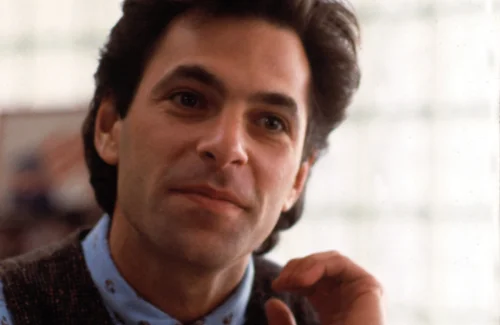
“thirtysomething” captured the emotional landscape of a generation grappling with personal and professional challenges. The show’s intimate storytelling approach transformed how television explored personal growth, relationships, and career struggles. Its complex characters defied traditional television archetypes.
Each episode felt like an honest exploration of adult life, presenting characters who were simultaneously admirable and deeply flawed. “thirtysomething” validated the interior emotional lives of its audience, creating a new template for character-driven storytelling. The show became a genuine cultural touchstone.
10. Moonlighting: Romantic Comedy Revolution

“Moonlighting” blended detective narrative with romantic comedy in unprecedented ways, creating a show that constantly broke the fourth wall and challenged traditional storytelling conventions. The electric chemistry between Bruce Willis and Cybill Shepherd transformed television romantic dynamics. The show’s rapid-fire dialogue and meta-theatrical approach were revolutionary.
Each episode felt like a unique artistic experiment, playing with narrative structure and audience expectations. “Moonlighting” demonstrated that television could be simultaneously entertaining and intellectually playful. Its influence extended far beyond its initial run.
11. Miami Vice: Style as Storytelling
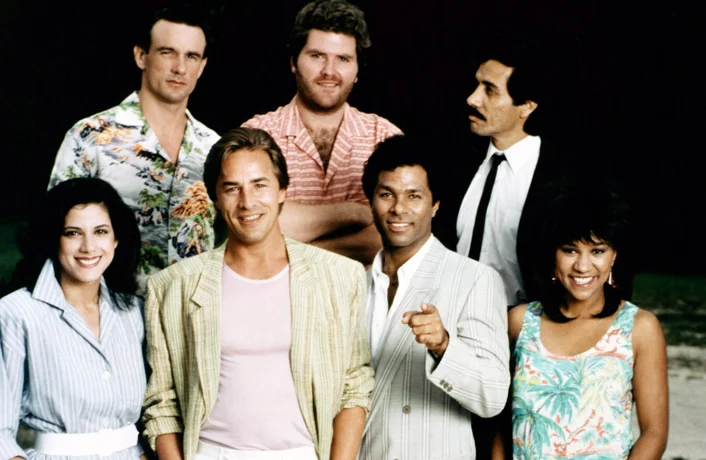
“Miami Vice” wasn’t just a television show—it was a cultural phenomenon that transformed how visual storytelling could work. The show’s innovative use of music, fashion, and cinematography created an entirely new aesthetic for television drama. Don Johnson and Philip Michael Thomas became icons of 1980s cool.
The series blended serious crime narrative with unprecedented visual style, making each episode feel like a mini-movie. “Miami Vice” reflected the vibrant, neon-soaked culture of 1980s Miami, becoming more than a show—a genuine cultural statement. Its influence extended into fashion, music, and visual design.
12. L.A. Law: Legal Drama Reimagined
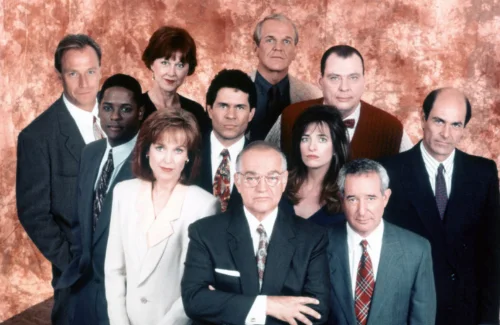
“L.A. Law” transformed the legal drama by presenting lawyers as complex, morally nuanced characters rather than simple heroes or villains. The show explored serious legal and social issues with remarkable depth and sophistication. Its ensemble cast created a rich tapestry of interconnected professional and personal stories.
The series balanced serious legal narratives with personal drama, creating a more holistic view of professional life. “L.A. Law” demonstrated that television could tackle complex social issues while remaining genuinely entertaining. It won numerous awards and influenced countless subsequent legal dramas.
13. Remington Steele: Romantic Professional Partnership
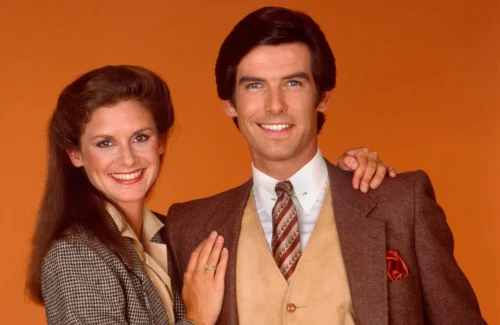
“Remington Steele” offered a delightful blend of detective narrative and romantic comedy, presenting a professional partnership that challenged traditional gender dynamics. Pierce Brosnan and Stephanie Zimbalist created a compelling on-screen relationship that was both romantic and professionally respectful. The show balanced mystery, humor, and genuine character development.
Each episode presented a sophisticated narrative that respected its audience’s intelligence. “Remington Steele” demonstrated that genre television could be both entertaining and genuinely clever. The show became a beloved example of 1980s television storytelling.
These television dramas were more than mere entertainment—they were cultural documents that captured the complexity, aspiration, and emotional landscape of an entire decade. They transformed how audiences understood storytelling, representation, and the power of television as a medium. Beyond their individual narratives, these shows represented moments of genuine cultural reflection, offering windows into the hopes, fears, and dreams of a generation. They remind us that television can be far more than simple distraction—it can be a profound form of collective storytelling.


